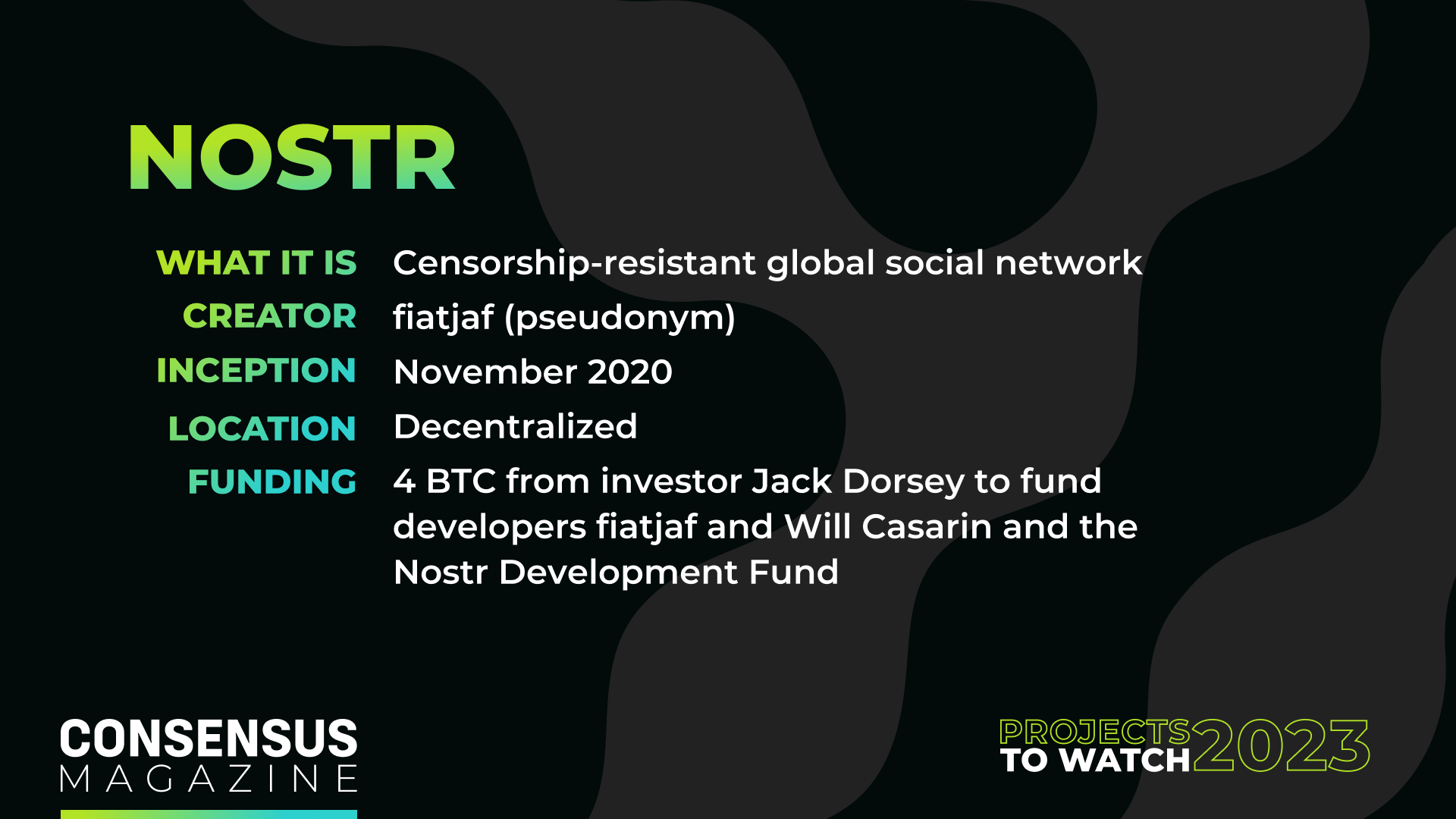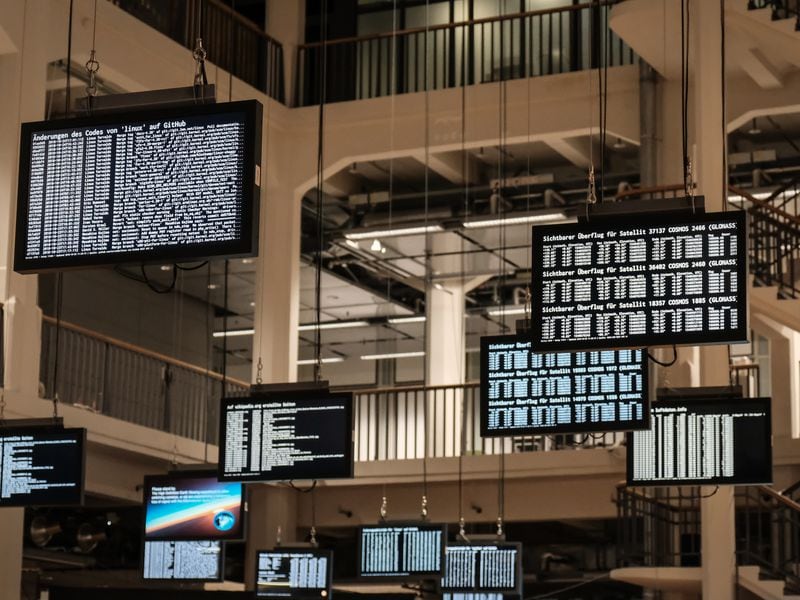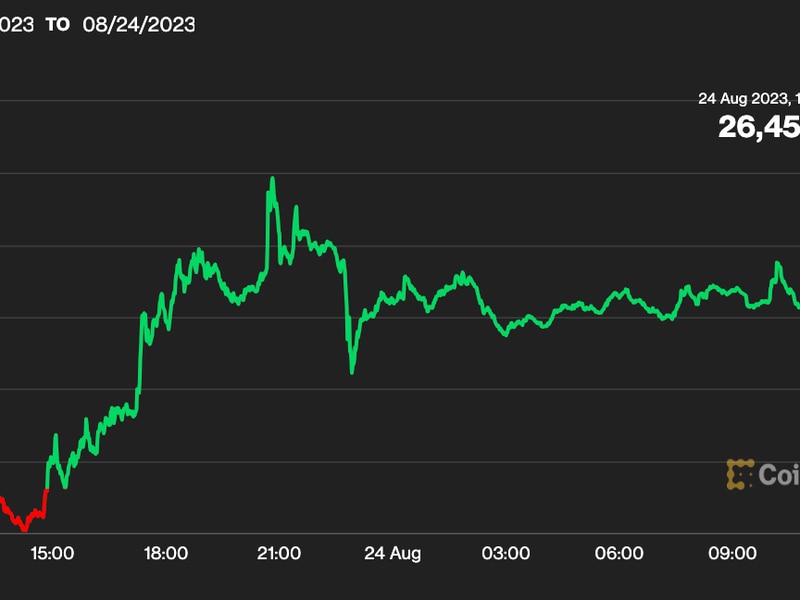Thank Elon for Making the Use Case for Twitter Competitor Nostr
Censorship or the lack thereof has long been a pain point for social media users and providers. Just recall the controversial cancellations and reversals on Twitter, crypto’s and President Donald Trump’s once-favorite social media site. In January 2021, while Twitter was a public company run by Jack Dorsey, Trump was permanently banned for tweets he sent prior to the Jan. 6 attack on the United States Capitol in Washington, D.C. Then in November 2022, when Twitter was a private company run and owned by Elon Musk, the Trump ban was reversed.
You don’t have to look far to see polarized reactions to each of these decisions.
But aside from personal opinions about Trump, many took the inconsistent behavior regarding his account status as further proof a censorship-resistant alternative needed to be built. Compounding that desire even further was Twitter’s decision in December to “remove accounts created solely for the purpose of promoting other social platforms and content that contains links or usernames for the following platforms: Facebook, Instagram, Mastodon, Truth Social, Tribal, Nostr and Post.”
That decision led to individuals being temporarily banned from Twitter simply because they posted a link to another social media site. Twitter walked back the policy, but the damage was done. Social media users wanted a next-generation Twitter where they couldn’t be canceled, and they needed it immediately.

NOSTR
Nostr is the decentralized, open-source relay network that makes decentralized social media projects a possibility.
The pseudonymous developer fiatjaf has been working on Nostr since November 2020. Its name is an acronym for Notes and Other Stuff Transmitted by Relays. The following December he released branle, his first attempt at a Nostr-powered Twitter. In his announcement tweet he made clear that branle was just one client to the Nostr protocol and that it was a work in progress – it was the first client for Nostr.
A client is a software front end that allows access to underlying technology. Think about how you can send emails using Gmail: Gmail is the client that lets you access the protocol of email (there are three protocols, but you don’t even have to know that to use email). Similarly, branle was the first client that let you access and use the Nostr protocol. Taking the email analogy further, you could use another email service like Outlook to send emails just as you could use another Nostr client to use Nostr.
Fiatjaf was the creator but not the only developer who contributed to Nostr clients. Embracing equality and the true spirit of collaboration, fiatjaf declined a request to be interviewed for Projects to Watch, saying that he “could not be Nostr’s leader.” That is OK because, in early 2022, developer Will Casarin found a markdown document from fiatjaf that described Nostr and advertised it as a censorship-resistant alternative to Twitter. As he saw more evidence of deplatforming on Twitter, he started working on the iOS client for Nostr in his spare time as other open-source developers worked on their own clients or tended to the Nostr protocol.
He named the client Damus.
Casarin now works on Damus and Nostr full time after securing enough funding from Jack Dorsey to work on his client and the protocol for a year. When asked who is calling the shots at Nostr, Casarin said, “The running joke in the Nostr community is that either [me] or fiatjaf is the CEO.”
Obviously, the project has no CEO because it’s simply a protocol. Who is the CEO of email, anyway?
True to the ethos of Bitcoin – there is significant overlap between the Bitcoin and Nostr communities – Casarin seemed more excited to talk about Nostr than spend any more time on the thing he created.
What about Mastodon? Or Urbit?
Before asking “Why Nostr?,” ask “Why Not Mastodon?”
Mastodon is an early decentralized social media that boomed in user growth after Musk bought Twitter. But the boom didn’t last. What was missing from Mastodon or other decentralized social media attempts in order for Nostr to have gained so much traction?
Mastodon uses a federated model where your data is controlled by whoever owns the particular “instance” of Mastodon you’re using. An instance is started by someone with servers who will store data for you. Users connect to that instance to use Mastodon. What that means is the administrator who owns that instance can ban a user – arbitrarily, in fact – and that user basically has to start over because their data is owned by the instance.
Casarin was banned from a Mastodon instance for posting about Bitcoin. He and many bitcoiners eventually found the Bitcoin Hackers instance (which was recently wound down) where he could post about Bitcoin, but there was a big problem: The Bitcoin Hackers instance was banned from the rest of Mastodon.
But an even bigger problem?
“Running your own Mastodon instance is heavyweight. Even for someone like me,” Casarin said. It requires technological expertise, time and even money to keep the servers running. When Mastodon exploded in user onboarding after Musk bought Twitter, people running instances began GoFundMe campaigns to keep their communities running.
Nostr, by comparison, is far simpler: “It’s just JSON and WebSockets.”
And it is simpler still than yet another attempt at decentralized social media, Urbit.
“Urbit is crazy, a very eccentric model for decentralization,” said Casarin. “It’s not for normal people. It’s very bizarre and the complexity is very high.”
The point is Nostr is trying to solve censorship by making Nostr as easy to adopt as email or texting. Casarin suggested that running and using Nostr was much easier than running and using a Bitcoin node (which this reporter can tell you is definitely true).
Which raises an obvious question: What does this have to do with crypto? Nostr doesn’t have a token. It doesn’t use a blockchain. But its inclusion here as a crypto Project to Watch has nothing to do with tokens or blockchains. Yes, users are using Nostr to send bitcoin to each other over the Lightning Network, but Nostr’s connection to crypto is simpler. Bitcoin spawned the crypto landscape under the auspices of decentralization, censorship-resistance and disintermediating the need for third parties.
These principles pulse through the veins of Nostr.
Nostr is brutally simple. A user plugs into the network, connects to relays and those relays transmit data across the Nostr network.
However, Nostr has had growing pains. For example, the protocol uses public-key cryptography. A Nostr user has a private key (which is unknown to anyone but that user) and a public key that other users can use to follow other accounts and check out their notes (and other stuff). If a user accidentally shares their private key instead of their public key with others, all of a sudden “their” Nostr account becomes “our” Nostr account.
It’s still early days for Nostr, so these types of hiccups are expected and should be ironed out as the protocol grows and matures.
Besides user error, there are two top-of-mind concerns with Nostr at the moment: scaling and spam.
Scaling is a concern because there will be a need to run more relays than there are now to onboard billions to Nostr. By way of example, Twitter has more than 350 million monthly active users at the moment. While it feels as if you’re connected to just one Twitter server when you use Twitter, there are actually many servers behind the scenes, and an immense amount of engineering work that allows the user experience to feel that way.
Casarin shared that Nostr got hammered with spam shortly after users from China started downloading the app from the Apple App Store (more on that below). The relatively simple solution was to filter out “non-paid relays,” which are free for clients to connect to, while paid relays have some sort of fee (usually payable in bitcoin). This filter worked decently, but it now requires ordinary users to pay to mostly avoid spam.
Nostr is an exciting idea if it continues to grow beyond social media use cases. Nostr applications could eventually generate data and start broadcasting it to the network, and other clients can start using that data. In some sense that makes Nostr more powerful than the internet. Most websites are isolated and don’t talk to each other. Imagine if those websites could talk to each other.
The future is decentralized
What about becoming, say, decentralized GitHub? Sure.
To be clear, Casarin hedged and said the internet is more decentralized than Nostr because Nostr has something of a hub-and-spoke construction – like Bitcoin’s Lightning Network – where most of the data flows through a few distinct hubs. Maybe that is the right approach for Nostr and maybe it’s not.
As for the “other stuff,” consider Lightning Zaps. Lightning Zaps allows bitcoin to be sent over Nostr as a new note type using the Lightning Network. That way users can directly pay other Nostr users over the protocol if they post a funny note or if they just feel like it.
It’s all still a work in progress.
As for Casarin’s Damus client, it hit the Apple App Store on Jan. 31 after multiple failed attempts. By Feb. 2 it was banned in China. The proof that Nostr is onto something is staring us in the face. Nostr must be doing something right if in less than three days a client that connects to a censorship-resistant social network was banned by the long arm of the Chinese government.








